Last week I spent an afternoon at Tyntesfield. It’s a National Trust property near Bath.
It was bought in 1844, by William Gibbs, a merchant who had made a vast fortune out of guano. The idea of using bird droppings for fertiliser was new at the time. It revolutionised Victorian agriculture and made Mr Gibbs one of the richest man in England. In 1863 he made the first of several significant remodellings of the house. A high church Anglican, he believed that building in gothic style evoking the English Church of the Middle Ages was an act of religious observation rather than just architectural extravagance. In this he followed the example of the Catholic architect, Pugin.
The architecture was not only designed to reflect High Anglican religious principles but incorporated space devoted to worship. An oratory, with stained glass windows, allowed William Gibbs to gather his family and all the servants to pray together morning and evening.
As William approached the end of his life, he commissioned his own chapel. This was no small private chapel (that was the oratory) but a church larger and more splendid than many parish churches. Indeed, the local vicar, nervous of losing his flock to his elaborate neighbour, petitioned the Bishop to deny consecration to the building, so it could be used only by the family. As this included servants, guests and estate workers, there must have been an acceptable congregation. Services were conducted by the family’s own chaplain, who had a specially built house in the grounds.
Building of the chapel started in 1873 and was completed in 1875 , the year of William Gibbs’ death. It is fair to say that he saw the building of this remarkable chapel as the apotheosis of his life — the crowning glory of Tyntesfield.
Victorian Gothic was dismissed as a ridiculous affectation for much of the 20th century, but it is beginning to come back into fashion. Nowadays, though, we see the religious references in the architecture (if we see them at all) as rather absurd. My first reaction on seeing Tyntesfield (a reaction I suspect I share with many of its visitors) is that it is gloriously, wonderfully mad. It is, though, quite beautiful and made for taking pictures of.
Looking through the photos I took, it is obvious that I did not take nearly enough. I must go back. But here, to be getting on with, are some of my pictures from the end of April. (All of these are exteriors. Inside is so vast and so mad that it defeated me, but I will try again on another visit.)
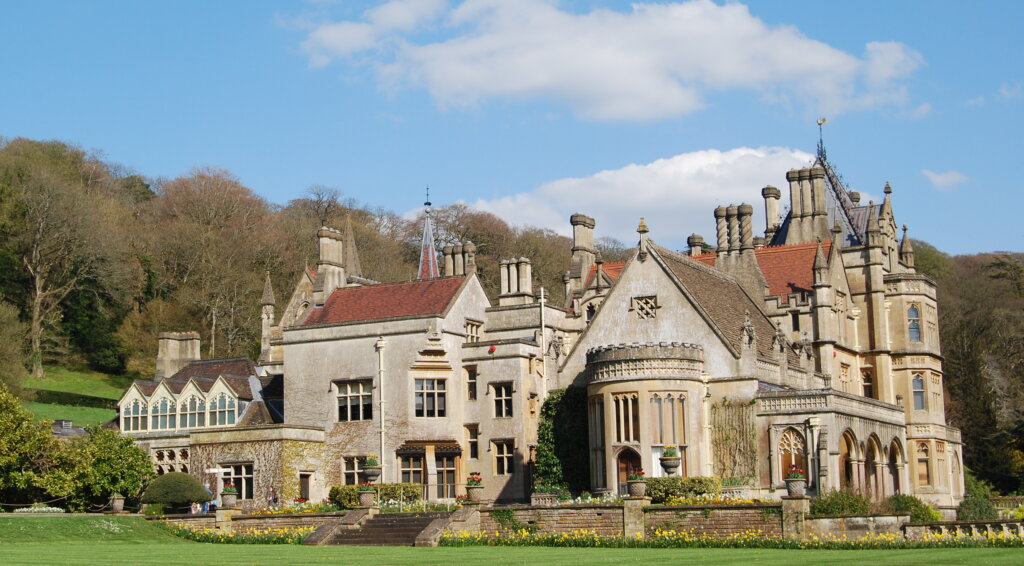
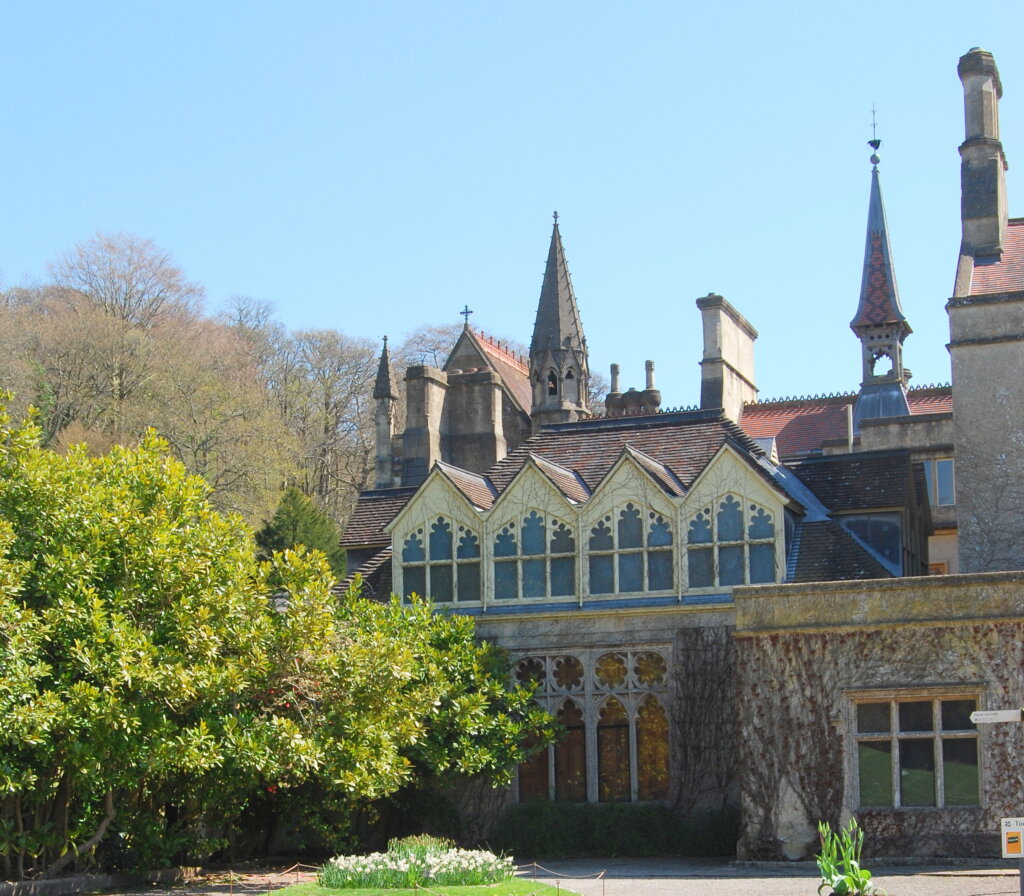
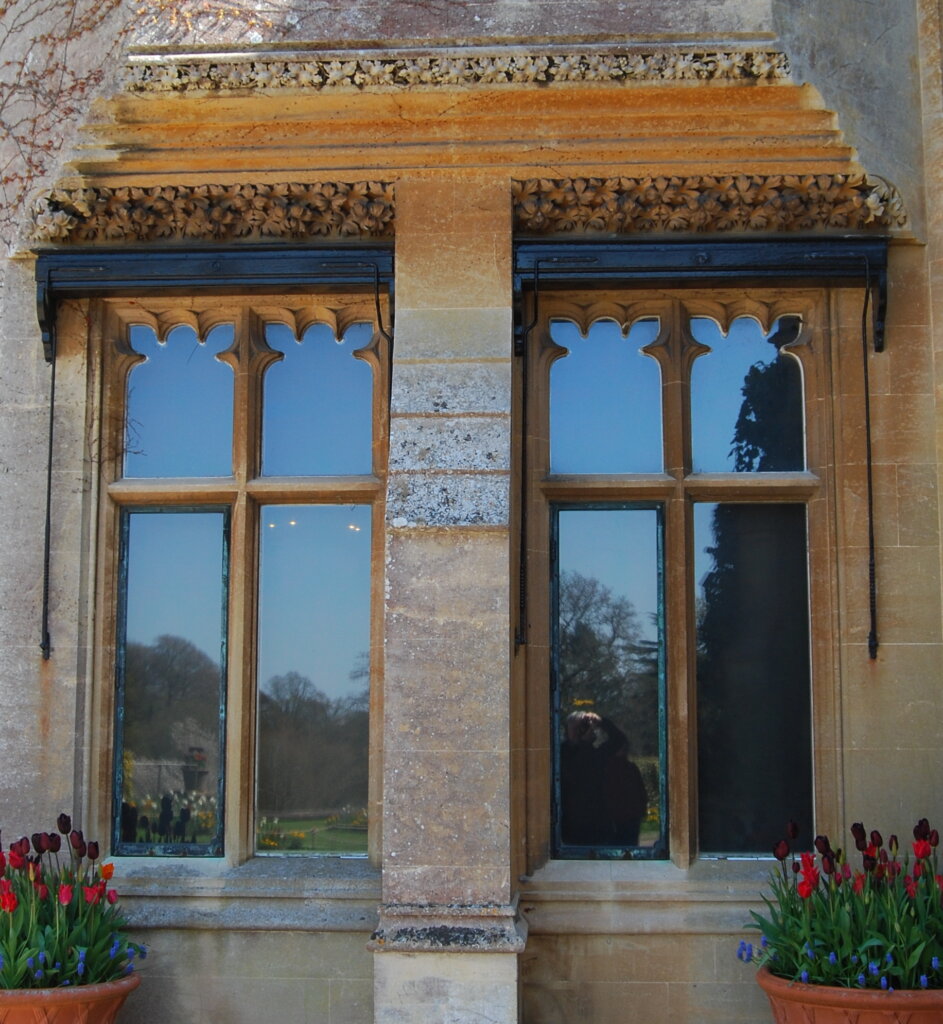
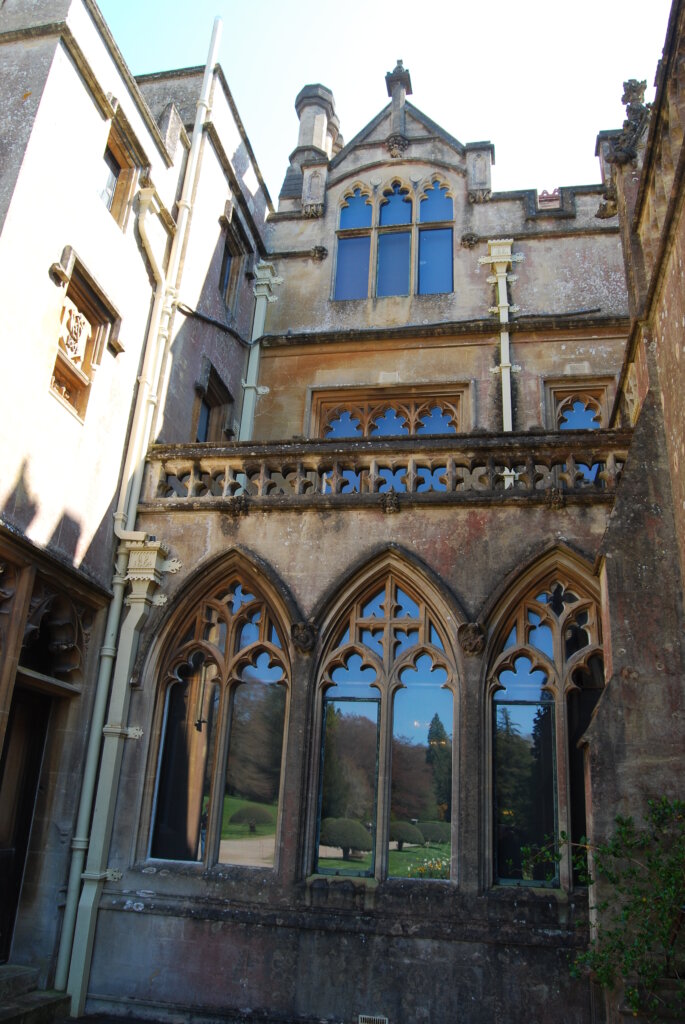
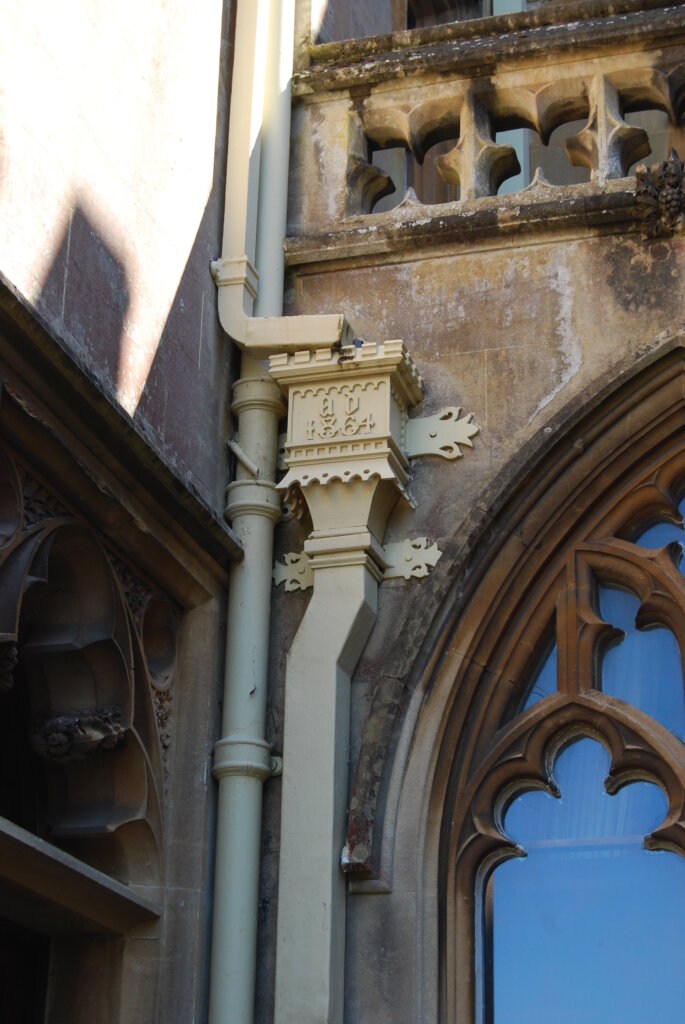
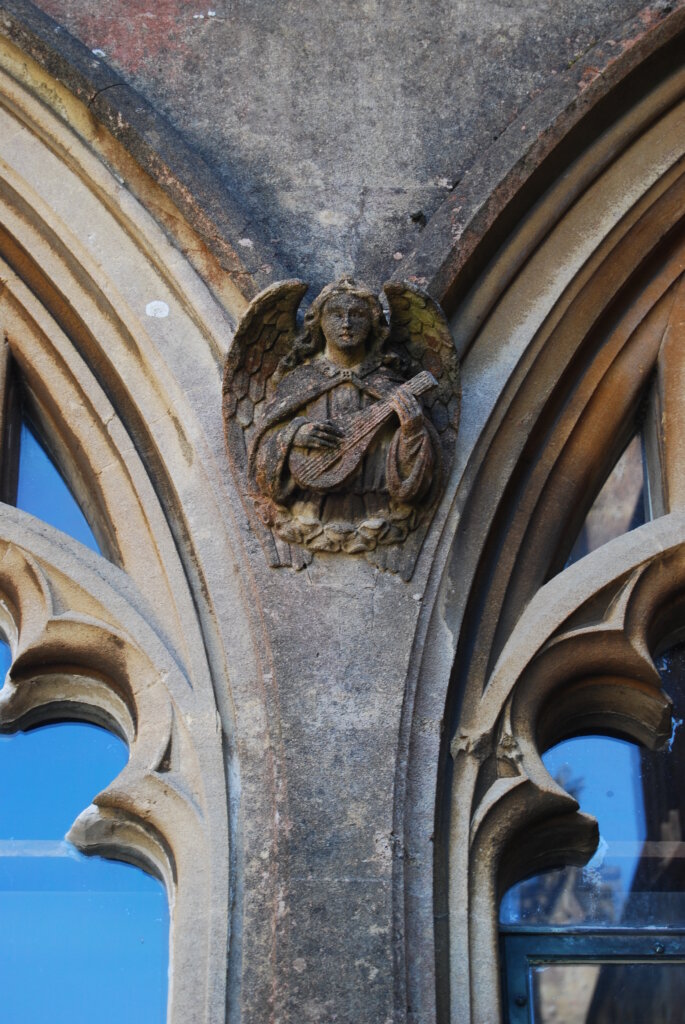
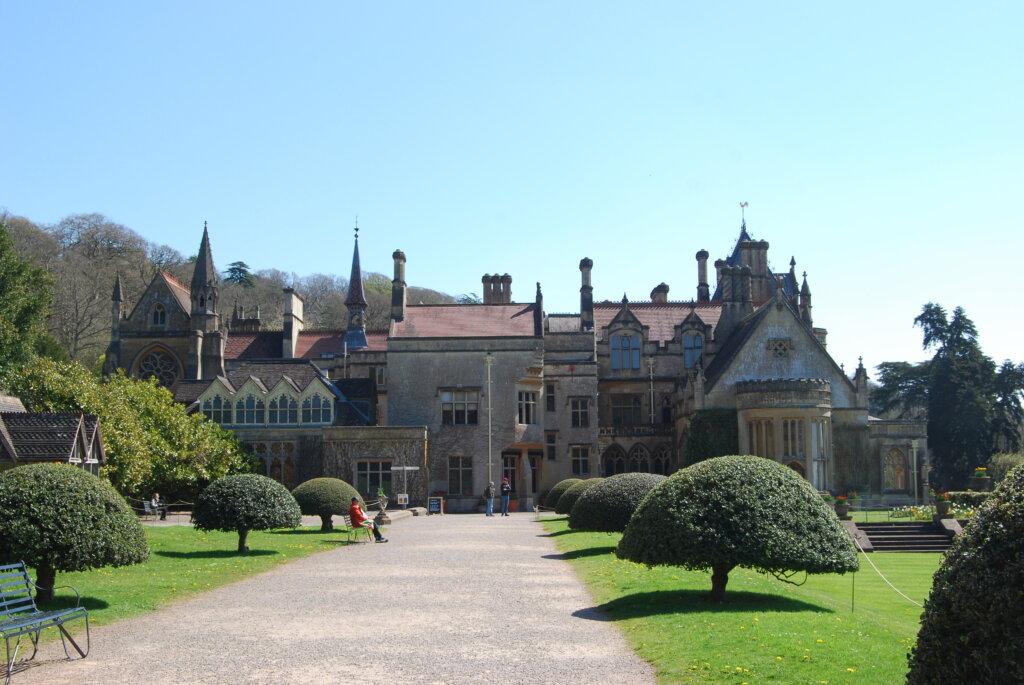

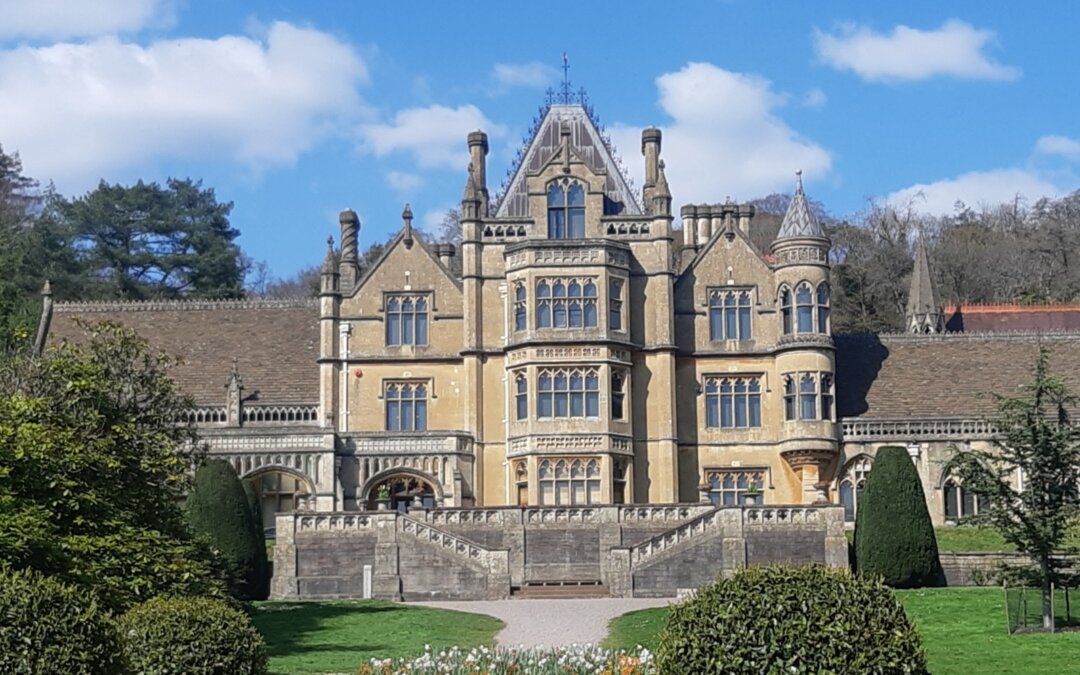
No comments:
Post a Comment